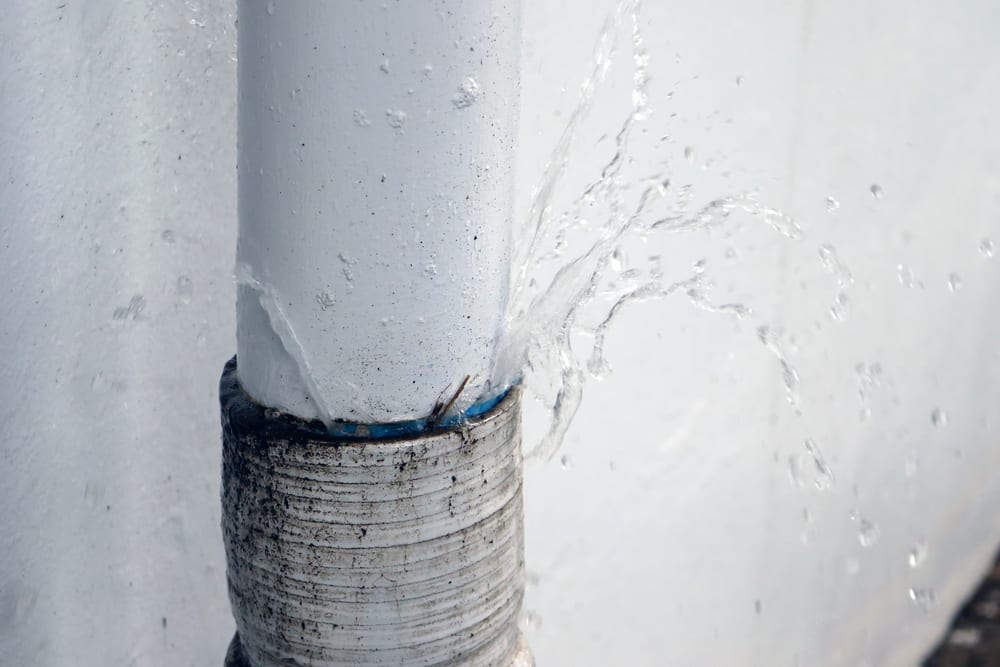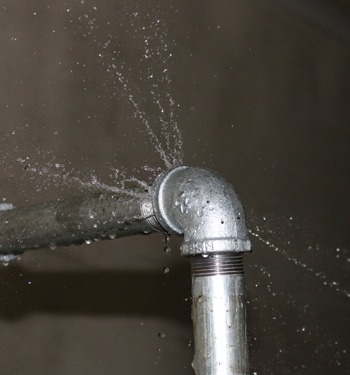Stop the Flood: Techniques for Detecting as well as Repairing Ruptured Pipes
Stop the Flood: Techniques for Detecting as well as Repairing Ruptured Pipes
Blog Article
Are you currently hunting for resources on What to Know Before Installing a Dishwasher?

A ruptured pipe is a significant emergency; you can only stand as you view water you pay dearly to reunite with the earth. In worse cases, you see a swimming pool on your cooking area flooring, which is an excellent trip risk, especially if you have youngsters around. If the pipe that burst was in your walls, trouble: you might need to repaint that entire area.
Just how can a tragedy like a ruptured pipe be prevented and also taken care of? Well, by paying attention to your expert emergency plumbings and adhering to these policies.
How do I know when my pipelines have ruptured?
Varying water pressures
Pipes do not simply burst in a day. You may have noticed that your cooking area tap or shower does not run promptly when you turn the tap. It may stop briefly for a few secs and after that blast you with more pressure than normal.
In other circumstances, the water may seem regular initially, then decrease in pressure after a couple of seconds.
Wet wall surfaces as well as water stains
Prior to a pipe bursts, it will certainly leak, most times. If this relentless leaking goes undetected, the leakage may finish into a vast tear in your pipe. One very easy method to avoid this emergency is to keep an eye out for wet wall surfaces ad water stains. These water spots will lead you right to the leakage.
Puddles under pipes and also sinks
When a pipe ruptureds, the discharge forms a pool. It may show up that the puddle is expanding in size, and also no matter the number of times you mop the pool, in a few mins, there's another one waiting to be cleansed. Frequently, you might not be able to map the puddle to any type of visible pipelines. This is a sign to call an expert plumber.
Untraceable dripping noises
Pipeline bursts can take place in the most undesirable places, like within concrete, inside walls, or under sinks. When your house goes silent, you might be able to hear an aggravatingly relentless dripping sound. Even after you have actually checked your shower head and also kitchen faucet, the dripping might continue.
Precious reader, the leaking might be coming from a pipeline inside your wall surfaces. There isn't much you can do regarding that, other than tell a specialist plumber.
Shut off the Water
When water ices up, it expands in quantity by concerning 9 percent. And it increases with significant force: The pressure inside pipelines might go from 40 pounds per square inch to 40,000 psi! No pipe can hold that much stress, so it bursts. The break may occur where the ice types, yet more often, it happens where water pressure discovers a weak point in the pipeline. That may be inches and even feet from the icy location. Find the water shutoff valve and shut off the water to avoid even more damages. You might also need to turn off the power as well, depending on where the leaks happens and also just how large it is.
Contaminated water
Many people presume a ruptured pipeline is a one-way electrical outlet. Fairly the contrary. As water spurts of the hole or gash in your plumbing system, pollutants discover their method.
Your water might be infected from the resource, so if you can, examine if your water container has any problems. However, if your drinking water is supplied and also detoxified by the local government, you should call your plumber instantly if you see or smell anything funny in your water.
What do I do when I find a burst pipe?
Your water meter will continue to run even while your water wastes. To reduce your losses, find the major controls and also transform the supply off. The water pipe are an above-ground framework beside your building.
How to Fix & Detect a Leaking Pipe
How Do I Know if a Pipe is Leaking?
Leak detection tests can help you determine if your pipe has a leak. Even if you don’t see an apparent leak, you should still conduct leak detection tests regularly to save water and money—and prevent major damage to your home.
Water meter. It can be helpful to figure out what your usual water meter usage numbers are and then monitor them regularly. To monitor your meter, first, turn off all water faucets in your home. Check the meter and write down the numbers. In a few hours, check the meter again. If the numbers have changed, you have a leak. Water gauge. Use a water gauge to test your water pressure. Your showerhead should produce a certain amount of water pressure based on its model and design. If the pressure is lower than it is supposed to be for that specific showerhead, your home likely has a leak. Puddles. Look inside your bathroom, laundry, and kitchen sink cabinets. Puddles around the cabinets or around toilets, tubs, showers, and washing machines indicate the presence of a leaking pipe. You may also notice loose tiles, peeling or flaking paint, or mold caused by water accumulation. Napkin test. Even if you don’t see any puddles, you may still have a leak. You can test for water leaks in the bathroom, laundry, and kitchen by wiping below-sink connections with a napkin, paper towel, or piece of toilet paper. If it becomes damp, you probably have a leaking pipe under the sink. Discolored walls. Walls that are discolored—usually with brown or yellow stains—or bulging might mean that they have been impacted by water damage caused by a leaking pipe. Smell. A leaky pipe will create sitting water, and over time, that water may develop a musty smell. If your home smells musty, but you can’t locate the source, it may be due to a leak. Steps for Fixing a Leaking Pipe
A leaky drain can be remedied by tightening the pipe base, replacing the drain seal, caulking the rim, and tightening the pipe nut. Similarly, a leaking toilet pipe can be treated by tightening the packing nut. You may also need to replace the valve. A leaky faucet may just need tightening or replacement of the washers. If that doesn’t work, consider replacing your faucet. If your pipe has a hole in it, you may want to use a pipe leak sealer or pipe leak tape. This quick fix for water pipe leaks can also temporarily fix a copper pipe leak. https://www.ahs.com/home-matters/quick-tips/how-to-tell-if-pipes-are-leaking/

Do you enjoy reading up on How to Prepare for Your Dishwasher Installation? Place feedback further down. We will be pleased to know your insights about this blog posting. In hopes that you visit us again in the near future. In case you liked our blog posting kindly remember to share it. I praise you for your time. Visit us again soon.
This Site
Report this page